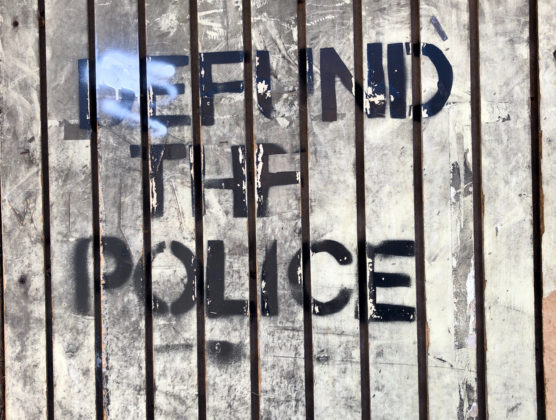You’ve probably seen another version of these around Hartford. There are white posts on Wethersfield Avenue next to the bicycle lane, as well as at some intersections along Capitol Avenue, Hampton Street, Garden Street, and elsewhere.
If you lurk around those awful social media neighborhood groups, you may have even seen people suggest that these were installed to protect the giant flower pots, which had been assumed to exist for aesthetic reasons only. This is not unlike people assuming that a truck apron is for a ridiculous use instead of one that makes more sense. Consider this a reminder that just because someone says something with confidence, that does not make it true.
In the case of vertical delineators or bollards, the top two reasons you will find them in Hartford are (1) to discourage people from driving/parking in bike lanes, and (2) to dissuade people from driving/parking too close to areas that pedestrians use. That second use is to help with “daylighting,” a silly term that means adding better visibility at intersections and other locations where pedestrians are known to cross. It’s illegal to park too close to an intersection, but without enforcement, the motorists do this often; here, enforcement looks like a physical barrier. Regardless of the whims of politicians and police, those physical barriers will remain there, 24/7. They won’t disappear to do paperwork. Let’s normalize the word “enforcement” to means something other than a badge and a gun.
The photo at the top of this post shows bollards at work daylighting a section of Broad Street where people cross regularly because of a bus stop, as well as a farmers’ market, grocery store, restaurant, and homes.
To see some of the issues here, take a look at a map screenshot from a time before bollards:

This was the view when traveling north on Broad Street:

The bumpout/curb extension created by those bollards gives people a better place to cross on foot. There are frequent collisions of all kinds on this block, but in June 2023 a person was seriously injured in this location. The bollards were installed some time in the last few months.
Mid-block bollards are a nod to equity. Drivers have driveways they can pull in and out of, all the time, on most blocks. Meanwhile, people outside of cars are weirdly expected to only cross at corners, even though it takes people on foot more time to make this trip than it does for those inside of cars. Once you see design in this way, you can’t unsee it nor wonder why we did not require the exact opposite from people in their movement.
Hartford’s got 99 problems, but its pragmatic approach to traffic calming ain’t one.

